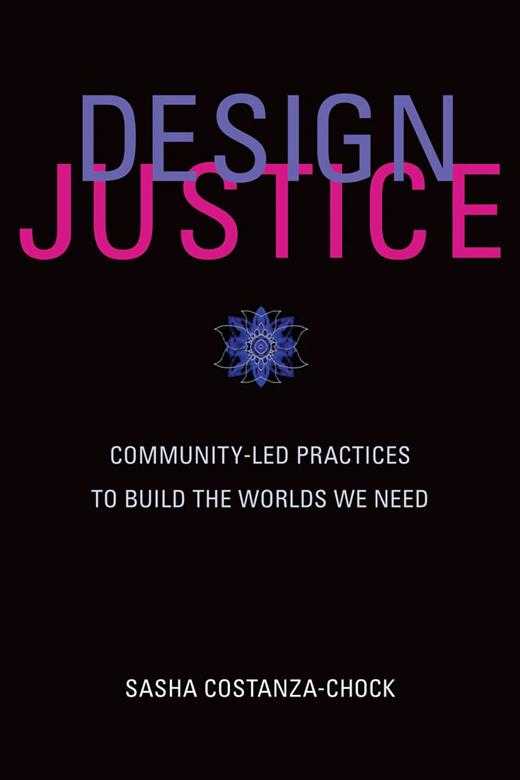Design Justice: Community-Led Practices to Build the Worlds We Need
The book is well divided into 5 concrete chapters, each taking on a distinct aspect of a new justice led approach to designing solution.
Chapter 1 : Design Values
Matrix of Oppression
Chapter 2 : Design Practices
What you do as "design" need to challenge systemic issues and not just aspire for reductive frames like "diverse teams"
An important question to consider is - who do you build for? A priviledged person's wants or an under priviledged person's needs.
Its important to explicitly defind your user, their demographics, identity etc so as to not default to designing for the "unmarked" user.
Ensure that you're not just designing for the demographic with the paying capacity.
Solutions :
- Robust engagement with marginalized users and communities. Identify that they already have solutions and ideas on how to solve the problmes they face.
- Non extractive design
- Involve community members in the entire process and not just to generate ideas.
- distribute benefits of the design process equitably amongst the community and not just for the "designers"
- rewards - ownership, profit, credit, visibility
- create community advisory boards or governing councils that can guide and own design process
Values to build towards - Equity, Accountablity, Ownershipt
Chapter 3 : Design Narratives
Concerns :
- What story is told about design process?
- Who is attributed for the ideas?
- What story do you tell about the problems?
Your reductive framing/scoping of the problem can skew solutions towards a direction.
The contribution of "Communities of Practice" is invisiblized. Its picked up by others and called innovation of the individual
Chapter 4 : Design Sites
Where can this design process happen?
Chapter 5 : Design Pedagogies
Pop Education
Inspirations :
- Paulo Friere
- Seymour Papert
Thoughts :
How do you reconcile the success of something like facebook, that was designed for an unmarked user doing so well in India and other non-western countries.
Design Justice helps us identify instances of generalized and pervasive processes by which existing design and tech processes systematically reproduce the matrix of domination.
